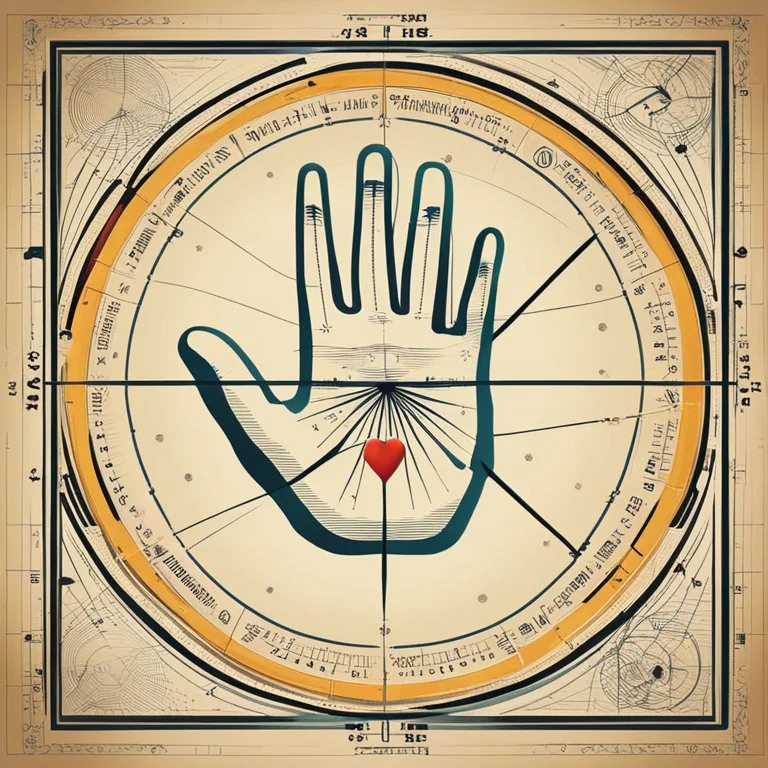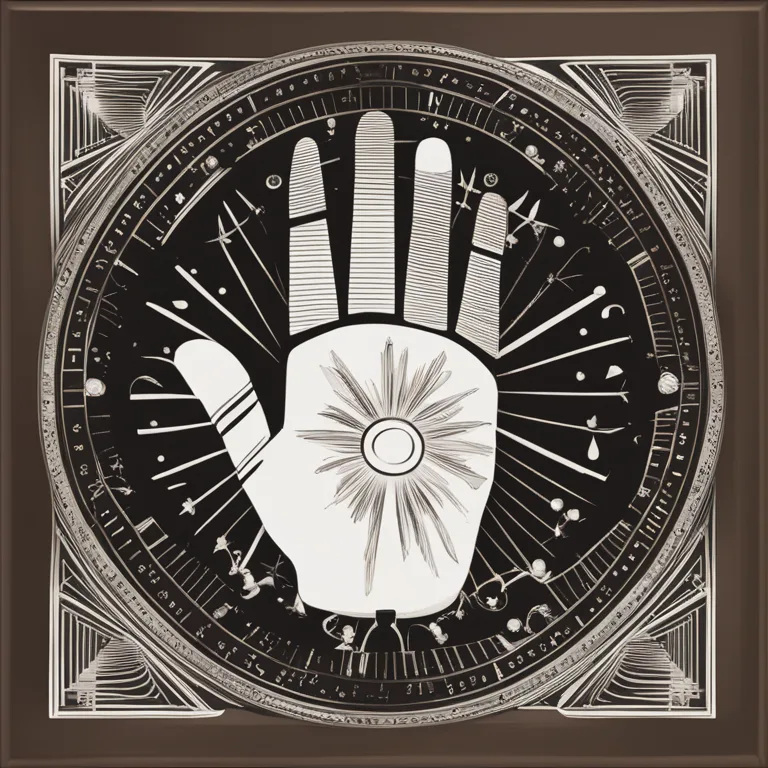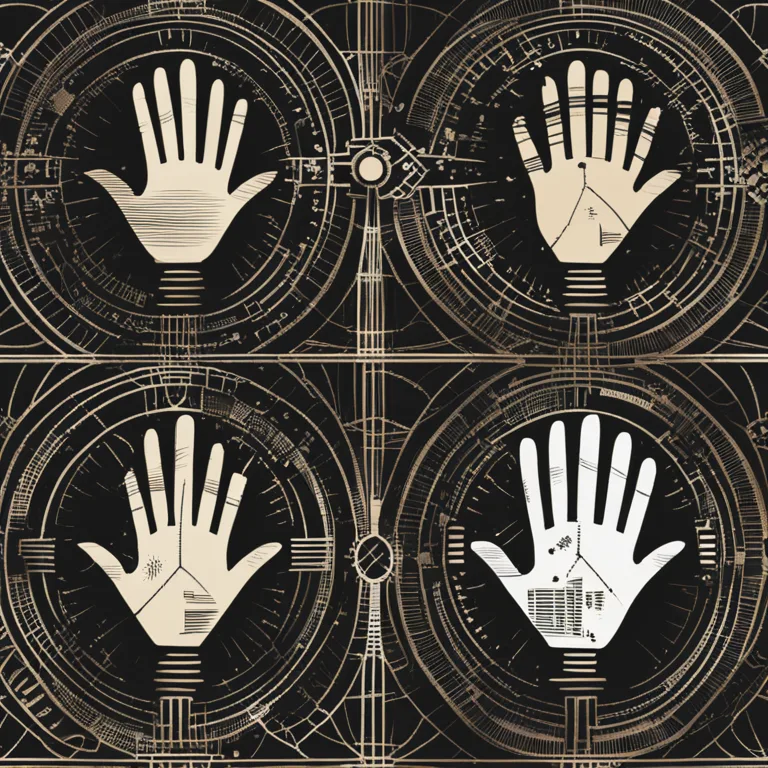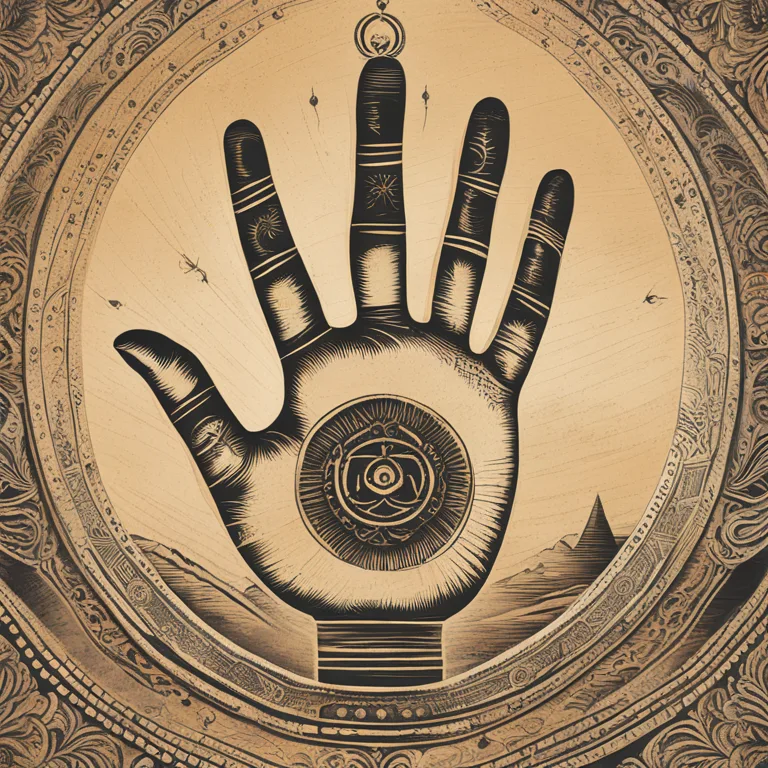
Palmistry's Power in Predicting Your Future
Explore the fascinating realm of palmistry and discover whether this ancient practice holds the key to foreseeing life's unfolding events.
article by Nora Pennington
Introduction to the Art of Palmistry
Palmistry, also known as chiromancy, has been practiced for thousands of years across various cultures, symbolizing the human fascination with understanding one's destiny. It involves the study of the palm, wherein practitioners believe that the lines and features of the hand can give insights into a person's character and future experiences. While it's often classified as a pseudoscience by the mainstream scientific community, its popularity and persistence in modern times signal a continuous intrigue with the possibility of unveiling life’s mysteries.

Historical Perspectives on Palmistry
Delving into the history of palmistry, one finds roots stretching through the Indian subcontinent, ancient China, and Greek civilization. Each culture has contributed its perspective, interweaving palmistry into folklore, medical theories, and astrology. Without the rigor of empirical evidence as its backbone, traditional scholars have often rejected palmistry. Yet, its renaissance in the digital age, with online palm readings and apps, points to an evergreen interest in what our palms might foretell about our personal paths.

Lines and Predictions: The Palmistry Connection
Central to palmistry are the lines on one's palm – the heart, head, life, and fate lines, each one supposedly tied to different aspects of our existence. A deep, unbroken life line could hint at vitality, while a fragmented fate line might suggest changes in life’s journey. The interpretations are heavily symbolic and can vary widely among practitioners. Although the predictive power of palmistry remains unsubstantiated by science, enthusiasts often report personal insights and guidance gleaned from readings.

The Challenge of Validating Predictions
The primary challenge in validating palmistry's effectiveness in predicting the future lies in its subjective nature. Unlike scientific predictions that are testable and replicable, palm readings are personal and lack standardization. In a future-focused society, it's crucial to approach palmistry with a critical mind while recognizing its place in the cultural and spiritual tapestry of human history and its potential for providing comfort or entertainment.

Modern Palmistry: Technology and Personal Growth
As we move deeper into the 21st century, technology is reshaping palmistry. With AI-assisted palm reading apps and online consultations, more people than ever can explore palmistry's allure from anywhere in the world. These modern tools democratize access but also raise questions about authenticity and depth. Nonetheless, for many, modern palmistry continues to serve as a tool for self-reflection and personal development rather than a deterministic forecast of one's future.
Respecting Diverse Beliefs and Practices
While the debate on the predictive accuracy of palmistry rages on, it is essential to respect its role in various cultures as part of a broader spiritual and psychological landscape. Whether as a form of entertainment, a spiritual practice, or a personal journey, palmistry reflects the human yearning to find patterns and meaning in life, a quest that is likely to continue as long as curiosity exists.
Published: 1/3/2024
Modified: 1/3/2024
More predictions
Come back here soon to learn more about yourself and your future


The Intuition Line in Palmistry: Significance and Interpretation
Delve into the intriguing world of palmistry with a close look at the intuition line, its meanings, and its impact on self-understanding.


The Lines of Affection: Interpreting Palmistry's Marriage Clues
Discover the insights your hands reveal about matrimonial bonds through the art of palm reading. Delve into the meanings behind palmistry's marriage lines.


The Roots and Journey of Palmistry
Trace the ancient practice of palmistry through history and discover how it has evolved into the art studied around the world today.